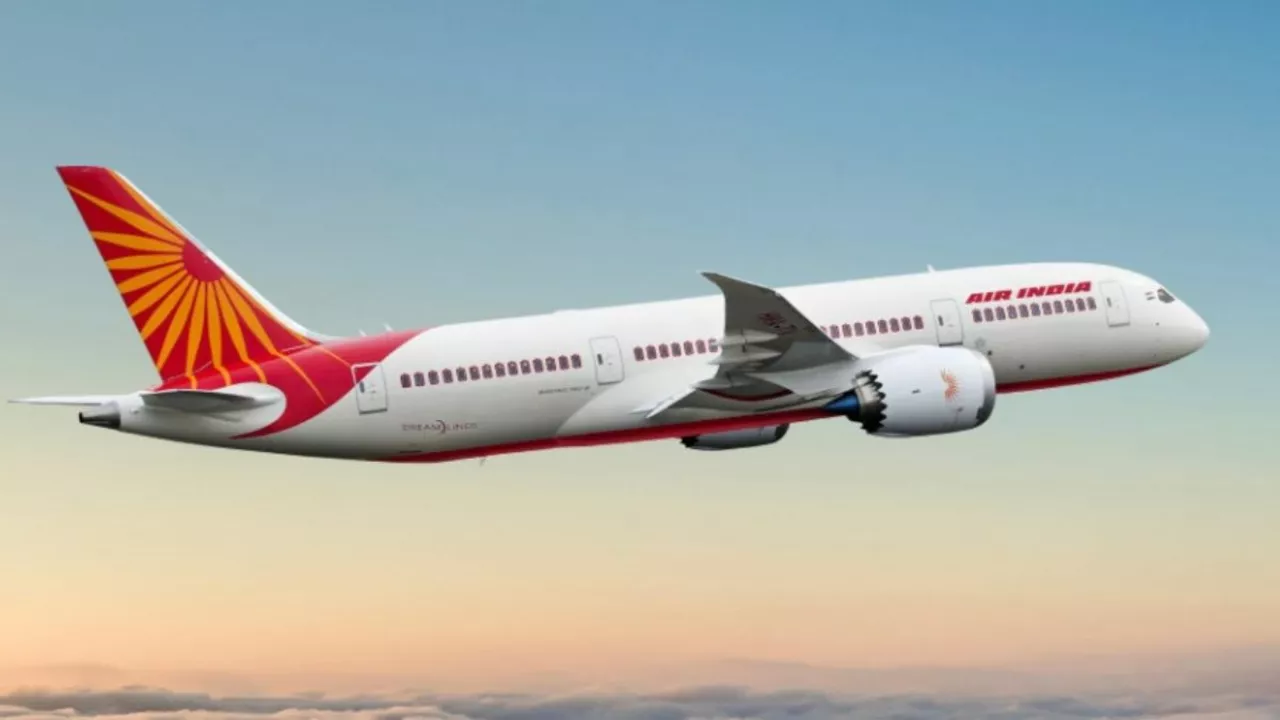Understanding the Basics of Air India
First and foremost, let's get to know about Air India. Founded in 1932, it is the flag carrier airline of India, headquartered in New Delhi. It operates a fleet of Airbus and Boeing aircraft serving various domestic and international airports. For decades, it has been a symbol of national pride, but it has also been plagued by ongoing losses. Despite being the third largest airline in India in terms of passengers carried, it consistently finds itself in financial turmoil.
The cause of Air India's financial instability is multi-faceted, and it isn't something that happened overnight. The losses are the result of a series of missteps, poor decisions, and unfortunate circumstances that have compounded over the years. To understand why Air India is always in loss, we must delve deeper into these factors.
The Burden of Debt
One of the primary reasons for Air India's financial woes is its staggering debt. The airline has been burdened with debt for years. This debt has been accumulated through a combination of operational losses, aircraft purchases, and high interest rates. The interest alone on this debt is a significant drain on the airline's finances, eating into profits and making it difficult for the airline to invest in new ventures or improvements.
Various attempts have been made to restructure the debt and bring the airline back to profitability, but these have largely been unsuccessful. The main issue is that the debt is so large that even with restructuring, the repayments are still a significant burden on the airline's finances.
Operational Inefficiencies
Operational inefficiencies are another major factor contributing to Air India's losses. This includes everything from fuel efficiency to crew management to maintenance. For example, Air India's fleet is older than many of its competitors, which means it burns more fuel. This not only increases costs but also makes the airline less competitive in a market where fuel efficiency is a key factor.
Additionally, the airline has been criticized for its crew management. It has been reported that the airline has more staff per aircraft than most other airlines, which increases costs. Furthermore, there have been cases of mismanagement, such as crew members not showing up for flights, leading to delays and cancellations - further eroding the airline's reputation and bottom line.
Competition and Market Changes
Air India's problems have been compounded by increased competition and changes in the market. The Indian aviation market is one of the fastest-growing in the world, but it is also highly competitive. The rise of low-cost carriers has put pressure on Air India, which has struggled to match their prices while maintaining its full-service model.
Additionally, the global aviation industry has undergone significant changes in recent years. Advances in technology, changes in consumer behavior, and shifts in the regulatory environment have all posed challenges for Air India, and it has struggled to adapt and keep up with these changes.
Impacts of Government Policies
Government policies have also had a significant impact on Air India's financial performance. For instance, the government's decision to allow foreign carriers to operate in India has increased competition, putting further pressure on Air India. Furthermore, the airline has often been used as a tool to fulfill government objectives, such as operating unprofitable routes for social reasons. While such decisions may serve broader policy objectives, they have contributed to the airline's financial troubles.
Moreover, as a state-owned enterprise, Air India has often been subject to political interference, which has affected its operational efficiency and decision-making process. This includes everything from hiring decisions to route planning to pricing strategies.
Failed Privatization Attempts
Another factor contributing to Air India's financial woes is the failed attempts at privatization. The Indian government has made several attempts to sell the airline to private investors in order to alleviate its financial troubles. However, these attempts have been unsuccessful, largely due to the airline's massive debt and operational inefficiencies.
As a result, the airline remains in the hands of the government, and the financial burden continues to be borne by Indian taxpayers. The failed privatization attempts have not only failed to resolve the airline's financial issues but have also caused uncertainty and instability, further compounding its troubles.
Looking Forward: The Future of Air India
The future of Air India remains uncertain. The airline continues to be burdened by massive debt, operational inefficiencies, and a challenging market environment. However, the Indian government remains committed to finding a solution, whether that be through restructuring, privatization, or some other means.
Despite its troubles, Air India remains a critical part of India's aviation industry. It is a major employer, a key connector for remote regions of the country, and a symbol of national pride. The challenge will be finding a way to maintain these important roles while also addressing the airline's financial and operational issues.






